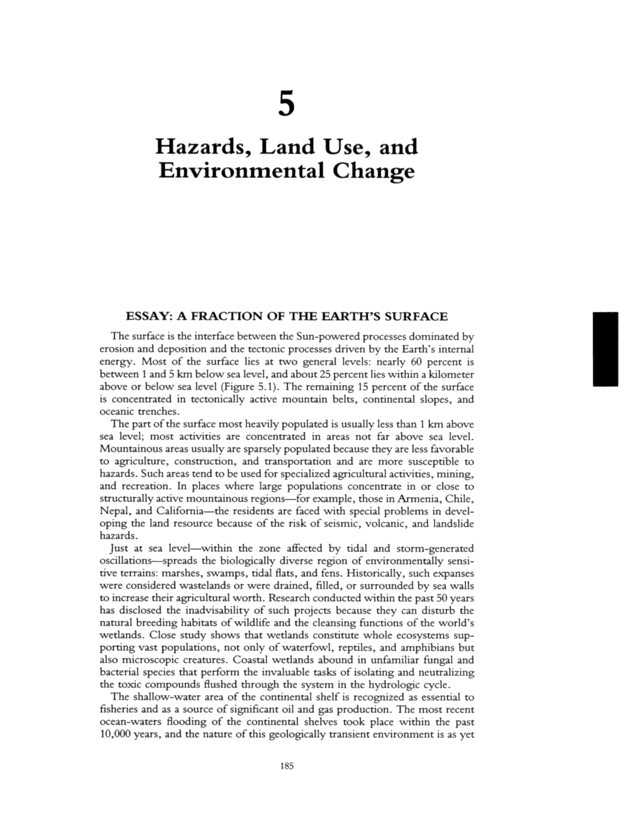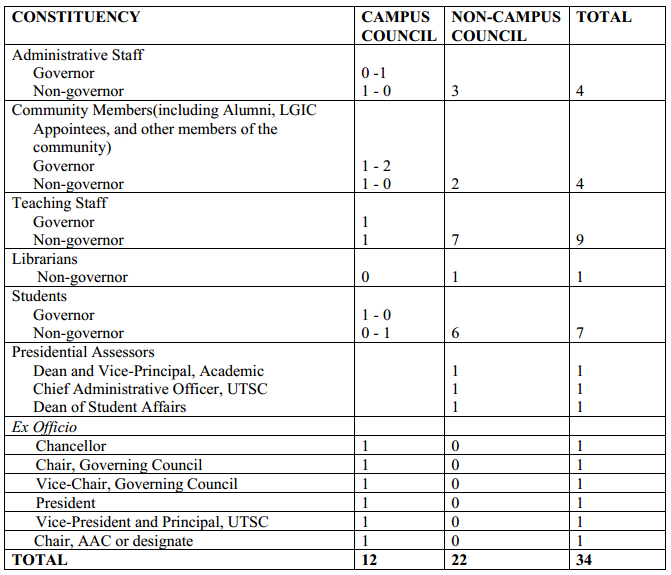Paprosky femoral defects classification - OrthopaedicsOne.
Paprosky femoral defects classification. Classification. Type 1: Femur is similar to the femur in a primary total hip arthroplasty. Type 2A: Defect has calcar bone loss that does not extend to the sub-trochanteric level, which is fairly supportive.Paprosky Classification of Acetabular Bone Loss: Type I: Minimal deformity, intact rim. Type IIA: Superior bone lysis with intact superior rim: Type IIB: Absent superior rim, superolateral migration: Type IIC: Localized destruction of medial wall: Type IIIA: Bone loss from 10am-2pm around rim, superolateral cup migration: Type IIIB.CURRICULUM VITAE Wayne G. Paprosky, M.D., FACS EDUCATION BACKGROUND. Paprosky WG.: Classification and an Algorithmic Approach to the Reconstruction of Femoral Deficiency in Revision Total Hip Arthroplasty. Journal of Bone and Joint Surgery Am. 2003; 85-A Suppl 4:1-6.
The Paprosky femoral classification system is the most commonly used, well-described, and successfully utilized classification system for periprosthetic femoral bone loss. It is based on the volume of supportive native bone in order to allow appropriate and durable fixation.Paprosky Femoral Deficiency Classification. Della Valle CJ, Paprosky WG. Classification and an algorithmic approach to the reconstruction of femoral deficiency in revision total hip arthroplasty. JBJS 2003; 85-A Suppl. 4: 1-6. Type I: Minimal loss of metaphyseal cancellous bone. Intact diaphysis.

Paprosky Femoral Deficiency Classification Della Valle CJ, Paprosky WG. Classification and an algorithmic approach to the reconstruction of femoral deficiency in revision total hip arthroplasty.












